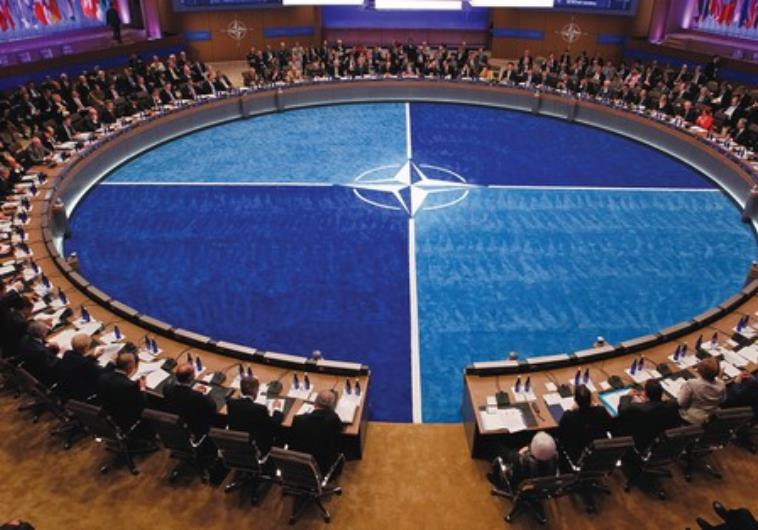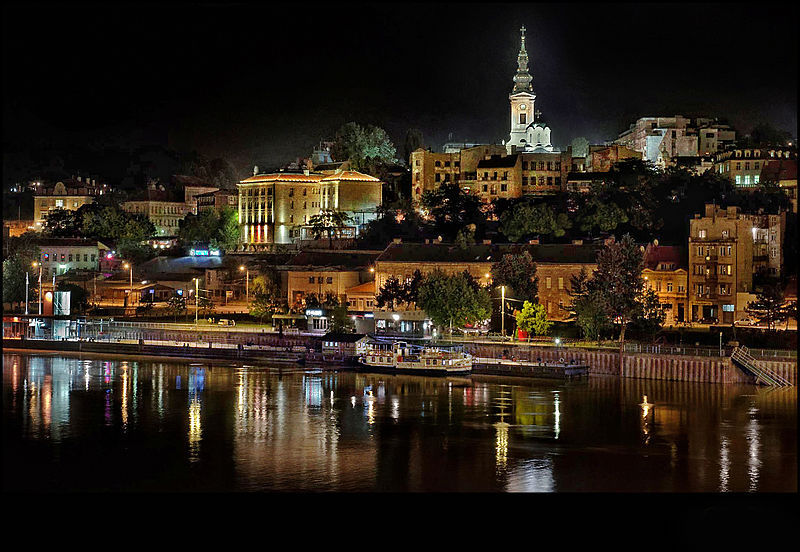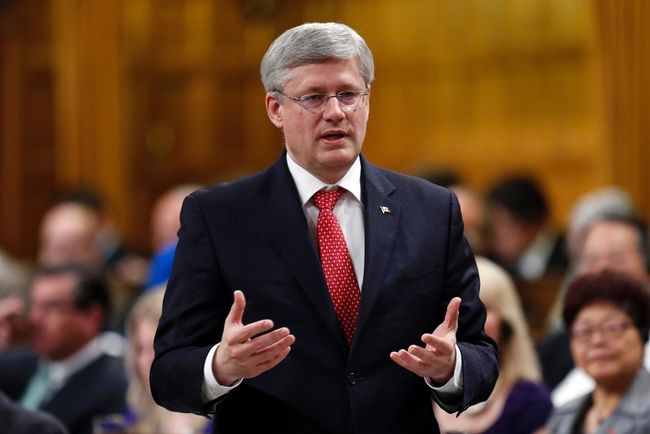The second part of this series will consider a NATO subcommittee draft titled “Russia and Euro-Atlantic Security.” Listed under the Political Committee and drawn from Russian documents, this draft aims to provide NATO Allies with an understanding of Russia’s motivations and interests following its annexation of Crimea. It considers the underlying factors that shape Russian foreign and security policy and focuses on Russia’s relations with countries formerly part of the Soviet Union. Given Moscow’s hostility towards the West, and unwillingness to de-escalate the conflict in Ukraine, it is clear that Russia poses a serious challenge to security and stability in the Euro-Atlantic.
The first thing the draft considers is Russia’s foreign and security policy documents. A 2008 Foreign Policy Concept published by Dmitri Medvedev underlines Russia’s role as a great power in the international arena, and its desire to create a regional collective security system and reject further NATO expansion in Europe. The latest Concept released in 2013 reveals little change in policy goals, again emphasizing Russia’s desire to become an international model as Western influence in the international arena declines.
Russia’s Strategy of National Security until 2020 highlights the multipolarity of the international system, the importance of nuclear parity with the United States, and the protection of Russian citizens in the “near abroad.” The Strategy also stresses economic security and its goal of becoming the fifth largest economy in terms of GDP. Although this is a shift from Russia’s usual militaristic focus, peripheral security remains a top priority.
Moreover, Russian policy portrays the West as its greatest source of military risks and threats. NATO is specifically identified as a “fundamental external threat,” and Moscow sees the West as dealing with the world and international affairs differently. However, the desire to cooperate on issues of mutual concern such as fighting terrorism and Islamist extremists remains.
Another area of concern is Russia’s plan to modernize its military. Despite suffering a recession and sanctions on its economy, the Kremlin plans on spending over RUB 20 trillion on defence in the next five years—a sharp increase from the RUB 3.3 trillion it spent in 2015. Russia aims to compensate for its conventional military inferiority to NATO and the US by building up its nuclear forces.
There is also fear that modernization will lead to a more aggressive Russian foreign policy capable of coercing its weaker neighbours. This is of particular concern considering Russia has demonstrated its ability to assemble troops on NATO borders within 24 hours at least 10 times within the last two years. Russia has also continued to put pressure on Ukraine using hybrid warfare, and has increased its military activity in the Artic. In fact, Russia hopes to build 10 new airfields in the Arctic region by the end of 2015, and has a commando detachment trained specifically for Arctic warfare.
The Kremlin has a distinct interest in the countries of the former Soviet Union. According to the draft, Russia has sought to project itself as a great power since the fall of the Soviet Union, and believes it “can only prevail in a globalised world if it succeeds in preventing the further erosion of the ‘post-Soviet space.’” Consequently, Moscow seeks to maintain a buffer of compliant states in its periphery to shield itself against EU and NATO expansion near its borders.
Since countries that integrate with such international organizations are considered lost forever, Russia employs a tactic of “regional integration” to ensure continued influence in the region. This includes the Commonwealth of Independent States (CIS), which aims to coordinate member countries’ economic, foreign, and defence policies. Other methods aim to create economic dependency such as establishing the Eurasian Economic Union (EEU), creating economic incentives to win over CIS countries, and using its energy sector to ensure domestic stability and foreign policy leverage.
Russia also exercises influence on these states by capitalizing on ethnic conflicts within their borders, and supporting splinter territories that violate the territorial sovereignty of countries like Georgia, the Republic of Moldova, and Azerbaijan. Instead of searching for a real settlement to conflicts, it seems Russia intentionally prefers “frozen conflicts” with no end in sight such as the permanently unstable situation in Ukraine.
The draft proceeds to provide a background and update on the situation in Ukraine, the South Caucasus, the Republic of Moldova, and Central Asia. Of particular importance is Russia’s deteriorating relationship with the West. NATO-Russia relations have been severely damaged since Russia’s illegal annexation of Crimea, and relations with the West are at their worst since the Cold War. Russia blatantly violated international law and is accused of continuing its pattern of aggression and destabilizing the region. In response, NATO has imposed strict sanctions on Russia, while continuing to strengthen its partnerships.
Overall, relations between Russian and the West have yet to reach a complete standstill. However, NATO and its Allies must be realistic in deciding their next course of action. Although Russia is suffering from the West’s economic sanctions, it is unlikely to change its aggressive stance in the near future. One of the key issues to discuss at the conference will be NATO’s plan for establishing long-term defence strategies in Europe and demonstrating its united commitment to Article 5. The Allies must also work together to continue assisting Ukraine in defending itself and ensuring it succeeds as a sovereign state. Considering that Russia remains an important part of Europe, the Alliance must show resolve without abandoning dialogue completely. It is crucial that channels of communication be opened up to prevent Russians from becoming increasingly anti-West.
Click here to read part three of this series.







